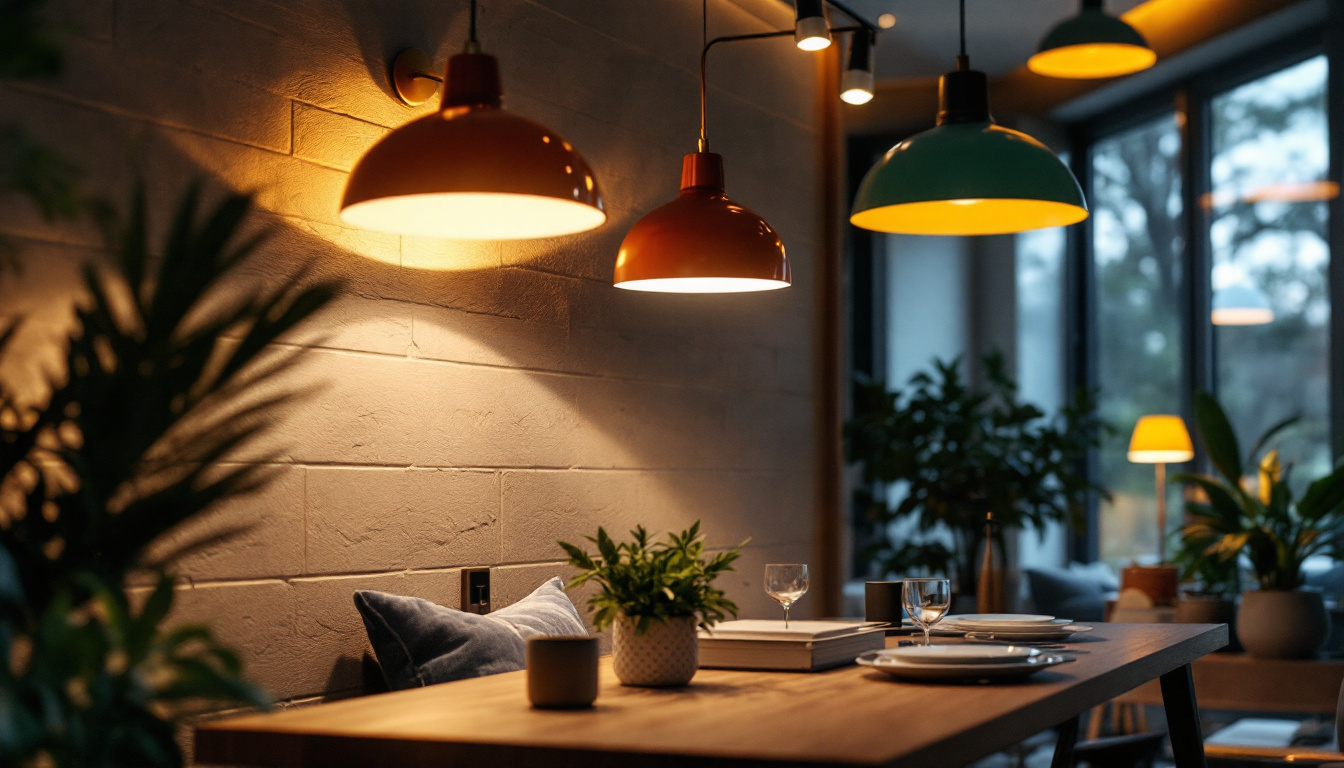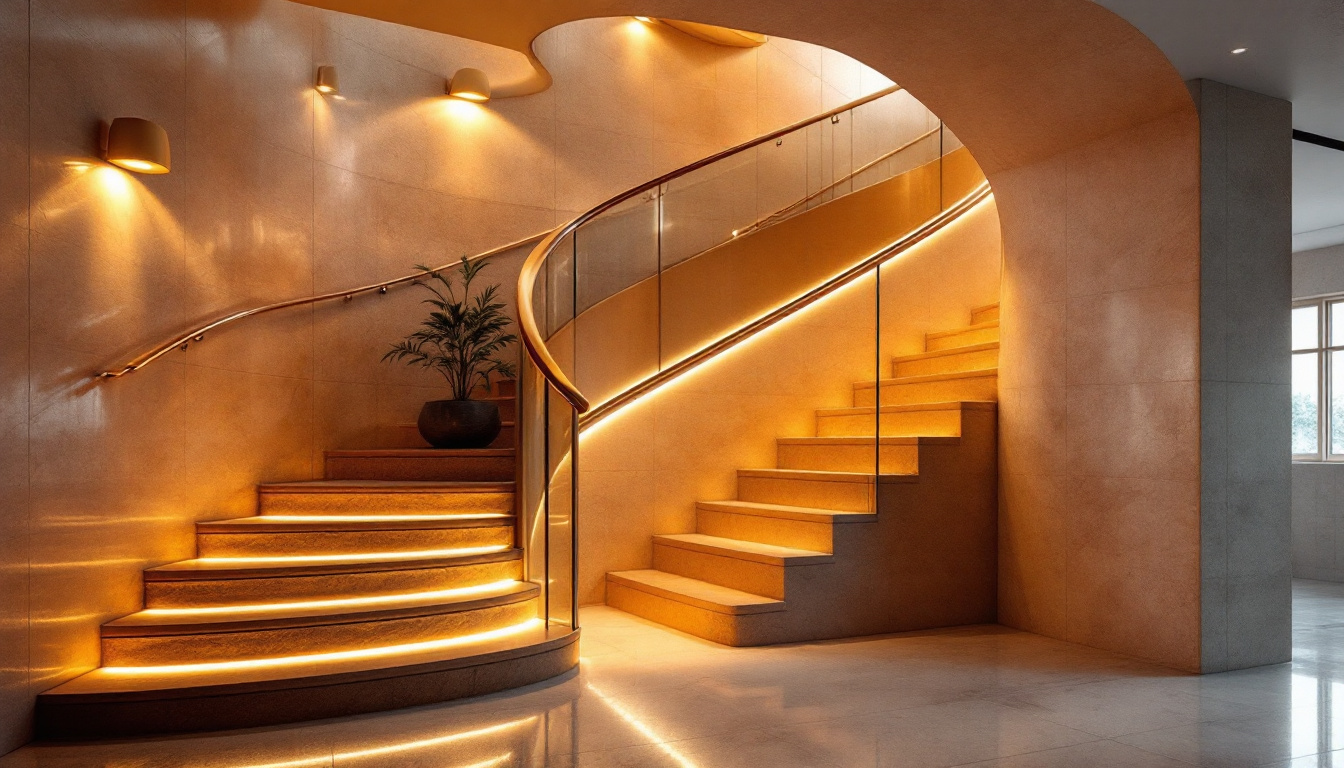
Overhead lighting plays a crucial role in both residential and commercial spaces, providing essential illumination that enhances visibility and sets the mood of an environment. For lighting contractors, mastering the nuances of overhead lighting is vital for delivering high-quality installations that meet client expectations. This article delves into various approaches that smart lighting contractors can adopt to optimize overhead lighting solutions.
Overhead lights serve as the primary source of illumination in many settings, offering a broad distribution of light that can transform a space. They are particularly effective in areas where tasks are performed, such as kitchens, offices, and workshops. By understanding the importance of overhead lighting, contractors can better advise their clients on the best options available.
Moreover, overhead lighting can influence the aesthetics of a room. The right fixtures can complement a space’s design, while poor choices can detract from it. Lighting contractors must not only consider functionality but also the visual appeal of the overhead lights they recommend. The color temperature of the bulbs used can also significantly impact the ambiance; warmer tones create a cozy atmosphere, while cooler tones are often more energizing and suitable for work environments.
There are various types of overhead lighting that contractors can choose from, each with its unique characteristics and applications. These include recessed lights, pendant lights, chandeliers, and flush mounts. Understanding the differences among these options allows contractors to tailor their recommendations to the specific needs of their clients.
Recessed lighting, for instance, is ideal for modern, minimalist designs, providing a clean look without sacrificing illumination. Pendant lights, on the other hand, can serve as focal points in a room, adding character and style. By familiarizing themselves with these different types, contractors can better meet the diverse preferences of their clientele. Additionally, track lighting offers versatility, allowing users to direct light where it’s needed most, which is particularly useful in spaces that require adaptable lighting solutions, such as art galleries or retail environments. The flexibility of track lighting can also enhance the functionality of a space, making it easier to highlight specific areas or objects.
As technology continues to evolve, so do the options available for overhead lighting. Smart lighting solutions are becoming increasingly popular, offering enhanced control and customization for users. For lighting contractors, incorporating smart technology into their overhead lighting designs can set them apart from competitors.
Smart lighting systems provide numerous benefits, including energy efficiency, convenience, and enhanced functionality. These systems can be controlled remotely via smartphones or voice-activated devices, allowing users to adjust brightness and color temperature according to their preferences. This level of control can significantly enhance the user experience, making it a valuable selling point for contractors.
Additionally, smart lighting can contribute to energy savings. Many systems come equipped with features such as motion sensors and timers, ensuring that lights are only on when needed. This not only reduces energy consumption but also extends the lifespan of the lighting fixtures. Moreover, some smart lighting systems offer adaptive lighting features that adjust automatically based on the time of day or the presence of natural light, further optimizing energy use and creating a more comfortable living environment.
To effectively integrate smart technology into overhead lighting designs, contractors should consider the compatibility of various fixtures with smart systems. This includes selecting LED lights that are designed to work with smart hubs and ensuring that the installation process accommodates any necessary wiring or connectivity requirements. Additionally, contractors should stay updated on the latest advancements in smart lighting technology, as new products and features are continually being developed, which can enhance the overall design and functionality of their installations.
Furthermore, educating clients on the benefits and functionalities of smart lighting can lead to more informed decisions. Contractors should be prepared to demonstrate how these systems can be tailored to fit different lifestyles and preferences, ultimately enhancing the appeal of their services. For instance, showcasing how smart lighting can be programmed for different activities—such as reading, entertaining, or relaxing—can help clients visualize the potential of their spaces. By providing hands-on demonstrations of how to set scenes or schedules through user-friendly apps, contractors can build confidence in their clients’ ability to utilize these advanced systems effectively.
When planning overhead lighting installations, several design considerations must be taken into account. These factors can significantly impact the effectiveness and aesthetic appeal of the lighting solution.
The functionality of a room plays a crucial role in determining the type and placement of overhead lighting. For instance, in a kitchen, bright, focused lighting may be necessary for cooking tasks, while a living room may benefit from softer, ambient lighting. Understanding the specific needs of each room allows contractors to create tailored solutions that enhance usability.
Additionally, the layout of the space should influence the design of the overhead lighting. Open-concept areas may require different lighting strategies compared to smaller, enclosed spaces. Contractors should assess the dimensions and layout of a room to ensure that the lighting is evenly distributed and effectively illuminates all areas. For example, in a dining area, a central pendant light can serve as both a functional and decorative element, while strategically placed recessed lighting can highlight architectural features and artwork, creating a layered lighting effect that enhances the overall atmosphere.
Choosing the right fixtures is essential for achieving a cohesive design. Contractors should consider the overall style of the space when recommending overhead lighting options. For example, a contemporary home may benefit from sleek, minimalist fixtures, while a traditional setting might call for more ornate designs.
Moreover, the color temperature of the lighting can significantly impact the ambiance of a room. Warmer tones can create a cozy atmosphere, while cooler tones may be more suitable for workspaces. By understanding these aesthetic considerations, contractors can guide their clients toward choices that enhance the overall design of their spaces. Furthermore, the material and finish of the fixtures can also play a pivotal role in the visual appeal; for instance, brushed nickel or matte black finishes can add a modern touch, while antique brass or polished chrome may evoke a sense of timeless elegance. The interplay between the lighting fixtures and other design elements, such as furniture and wall colors, should be carefully considered to achieve a harmonious and inviting environment.
Proper installation is critical to the performance and longevity of overhead lighting systems. Lighting contractors should adhere to best practices to ensure that installations are safe, efficient, and effective.
Before beginning an installation, contractors must assess the existing wiring and electrical infrastructure. This includes ensuring that the circuit can handle the load of the new fixtures and that all wiring meets local codes and regulations. Properly addressing these electrical considerations can prevent potential hazards and ensure a successful installation.
Additionally, contractors should be familiar with the specific requirements for different types of fixtures. For example, recessed lighting may require additional framing or support, while pendant lights may necessitate specific mounting hardware. Understanding these nuances can streamline the installation process and enhance the overall quality of the work.
Once the installation is complete, thorough testing is essential. Contractors should ensure that all fixtures are functioning correctly and that the lighting is evenly distributed throughout the space. This includes checking for any flickering or dimming issues that may indicate wiring problems or faulty fixtures.
Quality assurance also involves assessing the overall aesthetic impact of the lighting. Contractors should take the time to evaluate how the overhead lights interact with the surrounding decor and make any necessary adjustments to optimize the design.
After installation, ongoing maintenance is crucial to ensure that overhead lighting systems continue to perform optimally. Lighting contractors can play a key role in educating clients about maintenance practices that will extend the life of their lighting fixtures.
Regular inspections can help identify potential issues before they become significant problems. Contractors should recommend that clients periodically check their overhead lighting for any signs of wear or damage, such as flickering lights or discoloration.
Additionally, cleaning fixtures regularly can enhance their performance and appearance. Dust and grime can accumulate on light fixtures, reducing their brightness and altering their color temperature. Providing clients with guidance on safe cleaning methods can help them maintain their overhead lighting effectively.
As technology advances, upgrading lighting fixtures can provide clients with improved performance and energy efficiency. Contractors should stay informed about the latest developments in lighting technology and be prepared to recommend upgrades when appropriate.
In some cases, replacing outdated fixtures may be necessary to keep up with evolving design trends and energy standards. By offering clients insights into the benefits of upgrading, contractors can position themselves as trusted advisors in the lighting industry.
Overhead lighting is a fundamental aspect of any lighting project, and understanding the various approaches available can significantly enhance a contractor’s service offerings. By embracing smart technology, considering design elements, adhering to installation best practices, and promoting ongoing maintenance, lighting contractors can deliver exceptional overhead lighting solutions that meet the diverse needs of their clients.
As the lighting industry continues to evolve, staying informed and adaptable will be key to success. By prioritizing quality, aesthetics, and functionality, contractors can ensure that their overhead lighting installations not only illuminate spaces but also enhance the overall experience for users.
Ready to elevate your overhead lighting installations with the finest products on the market? Look no further than LumenWholesale. We provide lighting contractors with an exceptional range of spec-grade lighting solutions that blend quality, functionality, and aesthetic appeal. With our competitive wholesale pricing and commitment to cutting out unnecessary markups, you can access premium lighting without breaking the bank. Plus, our hassle-free bulk buying and free shipping mean you get the best value with every purchase. Enhance your lighting projects today and discover wholesale lighting at the best value with LumenWholesale.

Discover innovative cost-saving strategies for lighting contractors with outdoor solar lantern posts.

Illuminate your home’s interior with precision using our comprehensive checklist for indoor stairway lighting.

Discover the essential insights lighting contractors need when considering grow lights for sale.

Discover the advantages of T12 fluorescent tubes and learn how they can be a game-changer for lighting contractors.